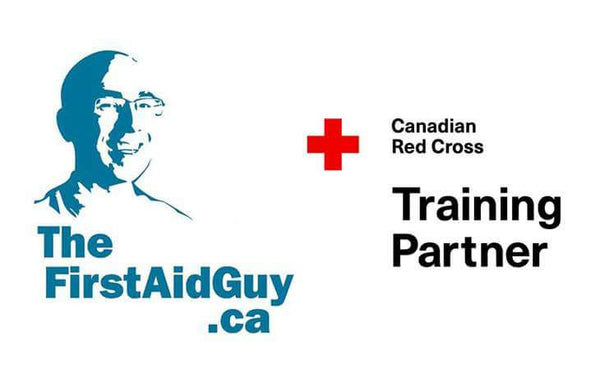Understanding the ABCs of first aid: Airway, Breathing, and Circulation
Share
First aid is a critical skill that everyone should have in their arsenal. Whether it's a minor cut, a sprained ankle, or a more serious medical emergency, knowing how to provide immediate care can make a difference in saving a life or preventing further harm. One fundamental concept in first aid is the ABCs - Airway, Breathing, and Circulation. In this blog post, we will delve into the importance of understanding the ABCs of first aid and how to apply them in emergency situations.
-
Airway: The first step in providing first aid is to ensure that the person's airway is clear and open. A blocked airway can quickly lead to a life-threatening situation, as it can cause the person to stop breathing. When approaching a person who may be unconscious or experiencing difficulty breathing, it's crucial to check for any obstructions, such as food, vomit, or foreign objects, in the mouth or throat. If an obstruction is present, it must be cleared using appropriate techniques, such as the abdominal thrusts or back blows, to restore the airway.
-
Breathing: Breathing is a vital function that supplies oxygen to the body and removes carbon dioxide. In a first aid situation, it's essential to check if the person is breathing or not. If the person is not breathing or has irregular breathing, CPR (Cardiopulmonary Resuscitation) should be initiated immediately. CPR involves providing chest compressions to circulate blood and rescue breaths to deliver oxygen to the person's lungs. Proper CPR techniques and guidelines should be followed to ensure effective and safe resuscitation efforts.
-
Circulation: Circulation refers to the flow of blood throughout the body, which carries oxygen and nutrients to vital organs. In a first aid scenario, it's crucial to check for signs of circulation, such as a pulse or signs of life, such as movement or responsiveness. If there are no signs of circulation, CPR should be continued until professional medical help arrives.
Understanding and applying the ABCs of first aid can be crucial in stabilizing a person's condition and preventing further harm while waiting for professional medical assistance. It's essential to remember that providing first aid is not a substitute for professional medical care, and seeking help from trained medical professionals should always be a priority. However, knowing the basic principles of the ABCs can be a lifesaver in emergency situations and can make a difference in saving a life.
In conclusion, the ABCs of first aid - Airway, Breathing, and Circulation - are fundamental concepts that should be understood and applied in emergency situations. Clearing the airway, providing CPR, and checking for signs of circulation are crucial steps in providing immediate care and stabilizing a person's condition. By knowing and applying the ABCs of first aid, you can be better prepared to respond effectively and confidently in an emergency situation, potentially making a life-saving difference.
You can register for a First Aid course on our website www.TheFirstAidGuy.ca
